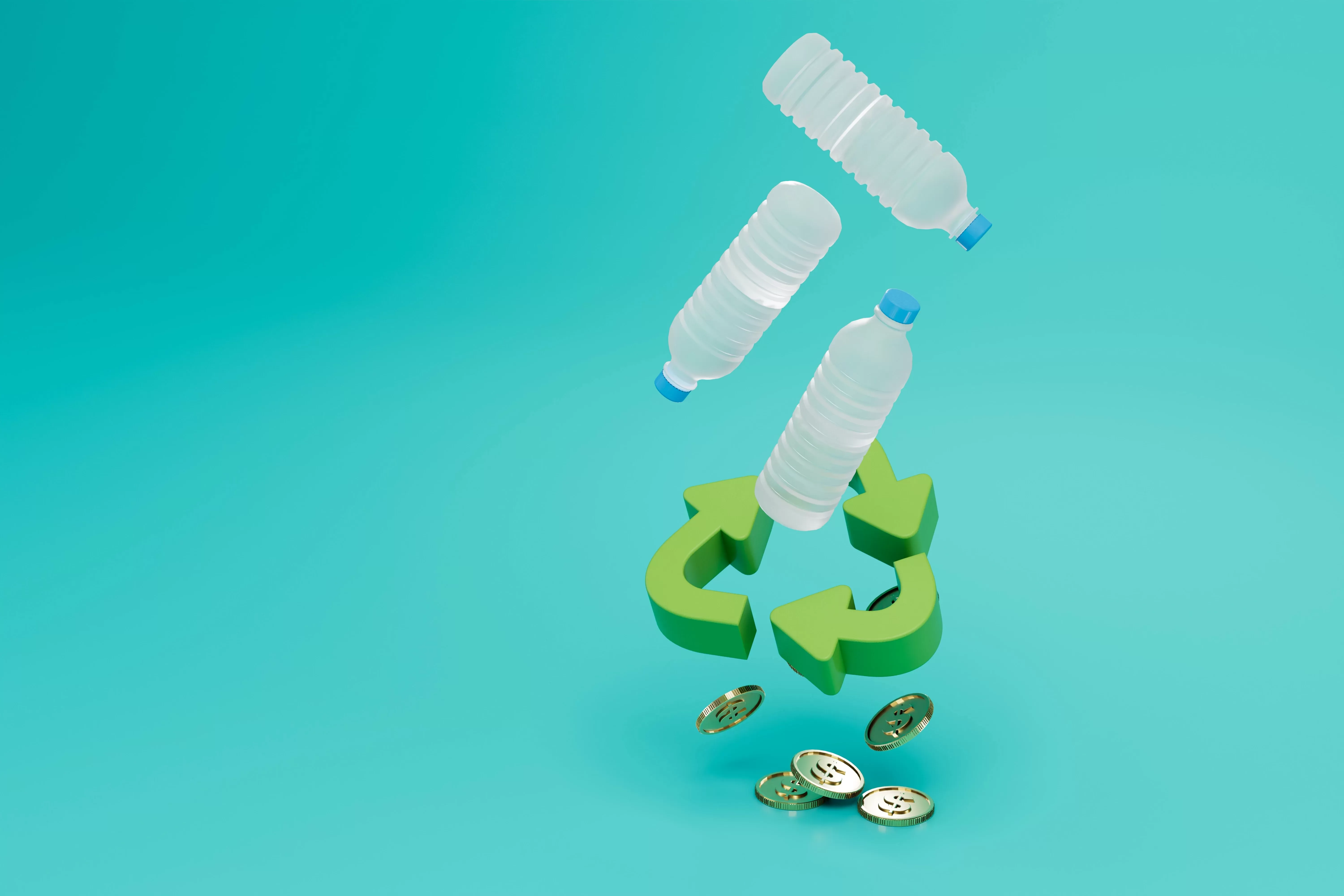
- CSR PLASTIC | Clean Society by Recycling | Sustainability
A Step-by-Step Guide to the Plastic Recycling Process at CSR Plastic
A Step-by-Step Guide to the Plastic Recycling Process at CSR Plastic
At CSR Plastic, recycling processes are designed to maximize efficiency and sustainability, transforming plastic waste into reusable resources. The step-by-step guide below illustrates how CSR Plastic turns materials like LDPE and PET plastics into high-quality recycled products, supporting environmental goals and contributing to a circular economy.
Step 1: Collection and Sorting
The recycling process begins with the collection of plastic waste from various sources. These materials are then brought to CSR Plastic’s facility, where they are carefully sorted based on plastic type and quality. LDPE, PET, and other plastics are separated to ensure effective processing. This sorting stage is essential, as it allows CSR Plastic to maintain high-quality standards in its recycled products and reduce contamination risks.
Step 2: Cleaning and Preparation
Once sorted, the plastics undergo a cleaning process to remove any contaminants, such as labels, adhesives, or other impurities. This step is crucial for ensuring the final recycled product meets industry standards. CSR Plastic uses advanced cleaning techniques to thoroughly cleanse each piece of plastic, preparing it for the next stages in the recycling process.
Step 3: Shredding and Grinding
After cleaning, the plastic is sent through shredding machines that break it down into smaller pieces. These pieces are then ground into finer plastic pellets. By reducing plastic waste into smaller, more manageable pieces, CSR Plastic ensures the material can be efficiently processed and transformed into high-quality recycled plastic. This step also supports resource efficiency, as smaller particles are easier to handle and process.
Step 4: Melting and Extrusion
The shredded plastic is then melted down and pushed through specialized extrusion machinery. During extrusion, the plastic is formed into new shapes and structures that can be repurposed in various applications. CSR Plastic’s extrusion technology is designed to achieve uniformity and consistency in the recycled material, ensuring it meets quality standards for reuse.
Step 5: Quality Control and Inspection
After extrusion, the newly recycled plastic undergoes a quality control process. Each batch is inspected for durability, color, and purity to ensure it meets CSR Plastic’s high standards. This step is vital for maintaining the company’s reputation and ensuring that recycled products are suitable for commercial and industrial use. Only plastics that pass rigorous testing are approved for distribution.
Step 6: Reuse and Distribution
The final stage in the process involves distributing the recycled plastic to manufacturers and industries that need sustainable materials for production. By providing high-quality recycled LDPE and PET, CSR Plastic supports a circular economy, allowing these plastics to re-enter the production cycle rather than contributing to landfill waste.
Benefits of the Recycling Process at CSR Plastic
CSR Plastic’s plastic recycling process not only reduces waste but also saves energy and natural resources. By converting waste into reusable plastic, CSR Plastic promotes sustainability and reduces the demand for virgin materials. This efficient process demonstrates how recycling can support both economic and environmental goals.
Conclusion
CSR Plastic’s step-by-step recycling process exemplifies sustainable practices in the plastic recycling industry. From collection and sorting to quality control and distribution, each stage is carefully designed to maximize efficiency, conserve resources, and reduce environmental impact. Through these efforts, CSR Plastic contributes to a cleaner, greener future and supports circular economy principles.
For more information on CSR Plastic’s recycling initiatives, contact CSR Plastic.




